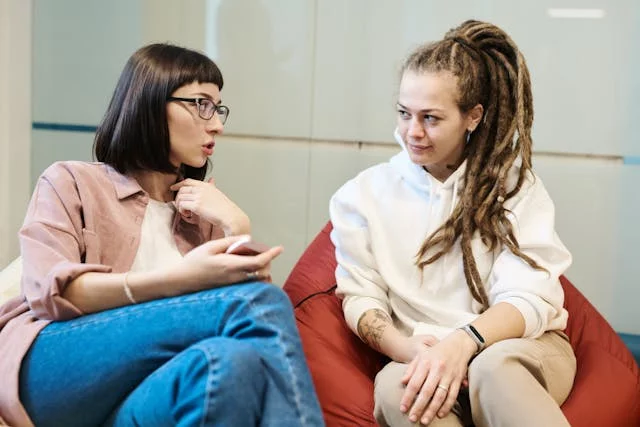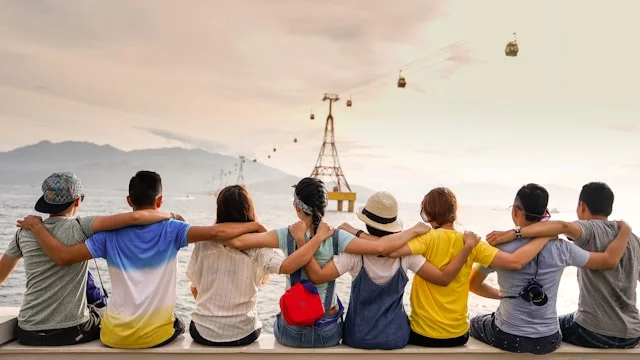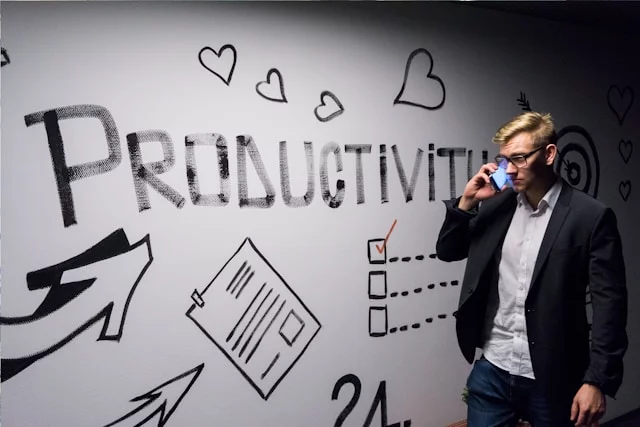A world café (AKA knowledge café) is a large group discussion in which smaller sub-groups rotate around tables discussing a series of talking points until each person has contributed to each point. It’s possible to run them online at “virtual” tables (break out rooms on Zoom of similar). They increase engagement and contribution.
Summary by The World of Work Project
World Café
People engage more and find it easier to generate and share ideas in small, relaxed and inclusive conversations than in larger or more formal meetings. By designing larger group meetings so they feel like smaller “café” conversations, you can help to create more effective and meaningful conversations and discussions.
Generally speaking, world cafés are used to help a large group contribute towards solving a problem. They do this while ensuring that everyone has a voice and is taken along the decision making journey.
The Activity
To run a world / knowledge café, you need to divide your large group of participants into smaller sub-groups. These smaller groups rotate between a series of tables, discussing a specific talking point at each table with the help of a fixed table host (facilitator) at each table.
Each time the groups rotate, their new table hosts bring them up to speed with the conversations that have already taken place in relation to that table’s talking point. Each group may also make notes which subsequent groups can look at (some events use paper tablecloths that you can draw on to capture these notes).
Once every group has visited every table the session is over. Each group then summarizes back to the room the overall conversation for the table they have finished at. Notes are taken and distributed after the event.
How to run a World Café
1 – Plan the session
Clarify your objectives for the overall day, invite participants, find a host for the day and decide on the “talking points” or “problem statements” for your groups to focus on. Remember, you’ll need one talking point or problem statement for each table.
2 – Prepare for the Event
Identify your facilitators (table hosts), set the venue up, provide materials for each table, plan your timings and ensure each of your “hosts” understand their table’s “talking points”.
3 – Introduce the Event
Welcome participants, divide them between the tables (4-8 per table), explain the day, the role of the table hosts, the timings for the day and complete some ice-breaking activities.
4 – Complete Round One
Round one: table hosts facilitate, groups discuss, ideas are captured on flip-charts or paper table cloths and conversations flow for a set time (usually 10-20 minutes).
5 – Rotate to Round Two
Once the time ends for the first round, each group rotates to its next table. Once they get there, their new table host summarizes what’s been said, materials are reviewed and the conversation continues with the new group.
6 – Complete Rotations
The groups continue rotating around the tables and discussing the talking points until every group has had the chance to discuss every talking point and contribute to the notes at each table.
7 – Playback and Capture
Once all rotations have been completed, the host or facilitator asks each group to share a summary of what’s been discussed in relation to their final talking point, the one for the table they’ve ended up at. Make sure someone captures these points.
8 – Wrap-up
The host, or other leaders, should play back what’s been covered in the day and why it’s important. They should also thank participants and explain next steps. The notes from the tables should be collected, reviewed, collated, documented and circulated after the event.
Learning More
You might also be interested in facilitation and team building, or lightning talks, birds of a feather meetings, fishbowl meetings or communities of interest.
You can learn more about team building activities in our podcast on them:
The World of Work Project View
A World Café is a great way to engage a large group of people. The method drives good outcomes and helps give everyone a voice. It’s worth remembering though that some groups will need more “ice-breaking” than others.
It’s important to make sure that whoever is hosting the day is clear on their role, will set a good tone for the day and will bring some energy. Good facilitators are also important. As with all such events, the more you really value the contribution of those in the room, the better outcomes you will get. These events can work for a wide range of group sizes from smallish (say 20) to large groups (say 100).
How We Help Organizations
We provide leadership development programmes and consulting services to clients around the world to help them become high performing organizations that are great places to work. We receive great feedback, build meaningful and lasting relationships and provide reduced cost services where price is a barrier.
Learning more about who we are and what we do it easy: To hear from us, please join our mailing list. To ask about how we can help you or your organization, please contact us. To explore topics we care about, listen to our podcast. To attend a free seminar, please check out our eventbrite page.
We’re also considering creating a community for people interested in improving the world of work. If you’d like to be part of it, please contact us.
Sources and Feedback
This post is based on our experiences facilitating workshops and events. There are no specific references for it. If you are aware of anyone that you think this content should be credited to, please let us know.
We’re a small organization who know we make mistakes and want to improve them. Please contact us with any feedback you have on this post. We’ll usually reply within 72 hours.






